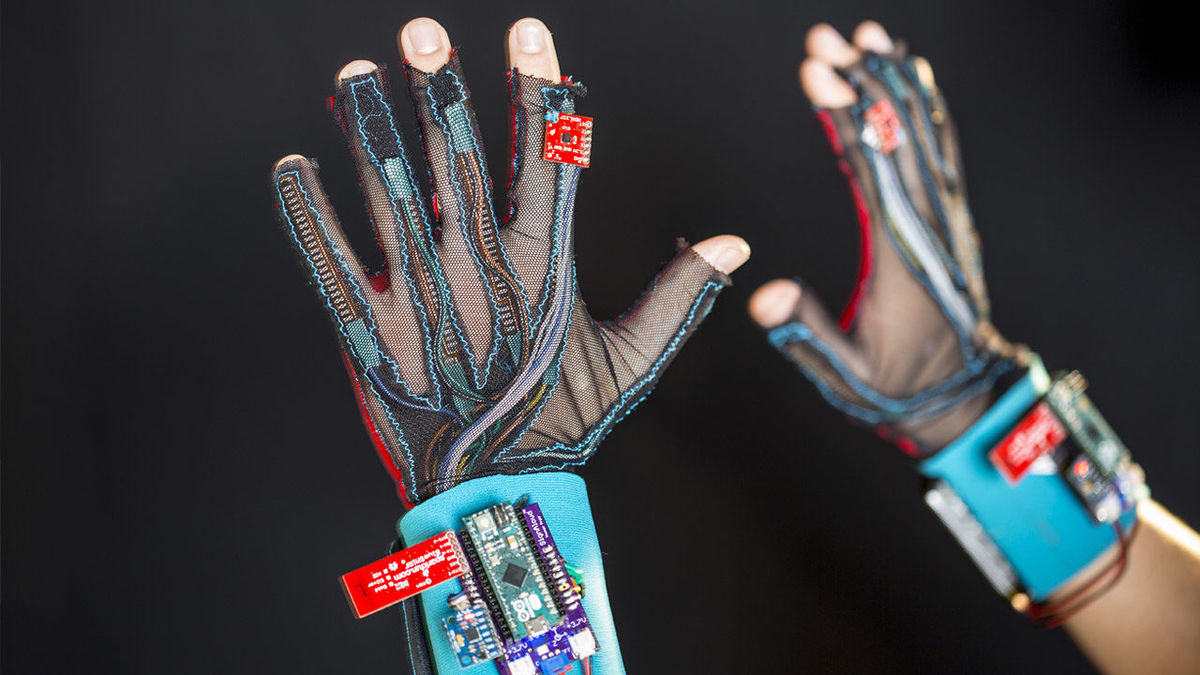A recent viral FacebFrook post showcases the impressive work of a group of Filipino college students from Camarines Sur Polytechnic Colleges (CSPC). They were able to make “trainable gloves that can interpret Filipino sign language and convert it into speech.”
It was met with very positive comments from social media, with many praising the ability of students to create such a seemingly complicated device, and others even calling for a patent and funding of the said project.
However, others were quick to point out that this “invention” is actually not the first of its kind.
Ito dapat yung may funding eh pic.twitter.com/sBiTrBsal8
— Kier Ramos (@kingkongramos) June 29, 2021
In fact, the first sign-language glove to actually be invented was made by Stanford University researchers James Kramer and Larry Liefer in 1988. Many other sign-language gloves were invented throughout the years after 1988, most met with the same amazement from the media and the public.
Furthermore, although the goal of this innovation is to “give voice to the deaf and speech-impared people,’ and to lessen the communication barrier between the deaf and the hearing, it might actually not be beneficial to their supposed target market at all.
Some social media users indicated the fact that not only is the device not a new invention, but that it might not serve the real needs of the deaf community.
Ito dapat yung may funding eh pic.twitter.com/sBiTrBsal8
— Kier Ramos (@kingkongramos) June 29, 2021
amazing inventors but… the gloves doesn’t help deaf community 🤷🏻♀️ https://t.co/m4Ye47cQHL
— SZ (@saulzml) June 30, 2021
According to an article critiquing these devices, the problem is the fact that sign language is not only composed of simple gestures, but also “raised and lowered eyebrows, a shift in the orientation of the signer’s torso, or a movement of the mouth.” Certainly, these machines cannot recognize those nuances in sign language.
Additionally, the fact that it is the signers who have to wear the gloves and modify their rate of signing makes its supposed goal of allowing easier communication for the deaf counterintuitive.
“This is a manifestation of audist beliefs -the idea that the Deaf person must expend the effort to accommodate to the standards of communication of the hearing person.”
This is not to take away from these Filipino students’ innovation – it is still an impressive feat that probably took a lot of time, intellect, and hard work. Perhaps people need to be more educated in order to not offend the target group they are trying to help, and ensure that it is a practical solution.
________
DISCLAIMER: All views and opinions expressed in this post are solely those of the contributor/s and do not represent those of InqPOP! and INQUIRER.net. The InqPOP! staff assumes no liability for any error in the content of this material. Got something you want to share to the world? Get a chance to publish your awesome creations and share it to the world through our InqPOP! Creator Community program. Send us your stories, videos, photos, fan fic, and even fan art at pop@inquirer.net
For more details, read the POP! Creators FAQ page.





